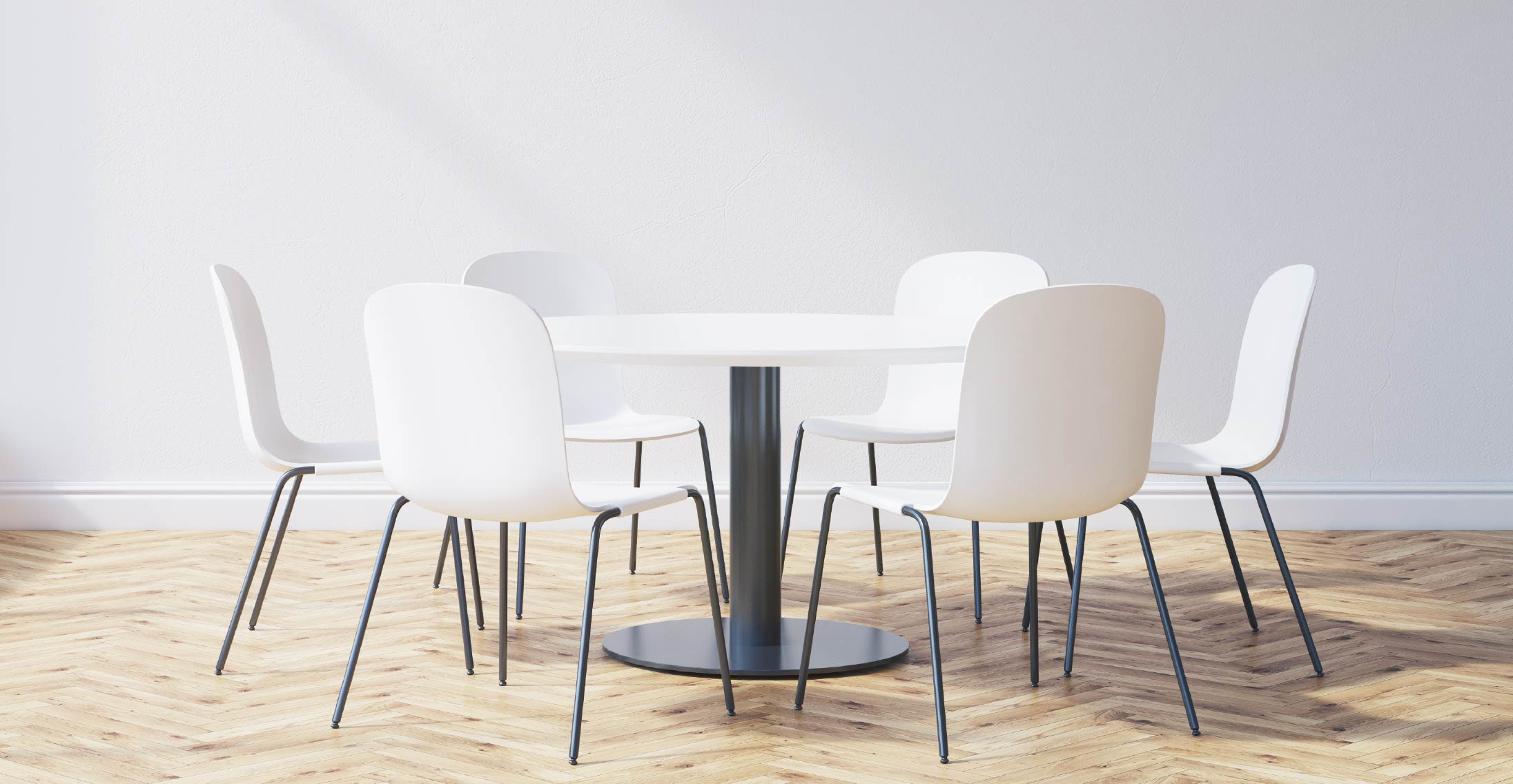One advice for young designers

Instead of having a briefing meeting, a designer asks the client to fill out a Google form. An ad that sells a project presentation template with a structure that doesn’t require you to talk to the client; just send it by email. A young woman in an innovation company asks what she should say, while the landline phone rings and she doesn’t know how to act.
Calm down, don’t leave, I understand, I swear. In addition to being young, I was also shy (I still am, to be honest). I can imagine how difficult it must be to grow up today, as texting has deprived many of exercising real-time conversations. Imagine having to call the person you like and, by surprise, having to talk to their father on the phone, first. To explain who you are and why you are calling. That’s a test of anxiety control, improvisation, persuasion, in short, communication. In fact, this is the most common skill sought by companies, according to LinkedIn¹. “What a boring old man!” Yeah, I swear I hear you. But, let me try a cooler example: Stanford University research² followed Hollywood screenwriters for 5 years and analyzed their presentations to find out what the successful ones — the ones where execs bought the writers’ ideas — had in common.
Contrary to what we imagine, the winning presentations were not those in which the screenwriter explained in detail, measuring each word that had been carefully chosen and rehearsed to exhaustion, until he concluded waiting for applause at the end; screenwriters who had their ideas approved spoke less and invited the executives to collaborate during the presentation, pulling them into the conversation. Conversation in real-time. They adapted their ideas incorporating the point of view of the executives, who became part of the process and, not surprisingly, approved them more frequently. Replace ’screenwriter’ with ’designer’.
We are old when we say that this generation, which is arriving, is lost. The Greeks have been saying this for over 2,500 years, so it’s all right. Maybe in the future designers won’t need to talk, they will be more effective with another form of communication among each other, but until my generation disappears (or stops approving the projects), those who know how to communicate will have an advantage. To be hyped and less boomer, you’ll find parallels to all this in the UX universe: on Discovery and co-creation processes to start with. Talking is cool.
From your friend who already questions his age as he turns 41.
Fabio Haag
¹ LinkedIn, The Skills Companies are Hiring For Right Now
² Stanford Business, Rod Kramer: What Makes a Successful Pitch?





